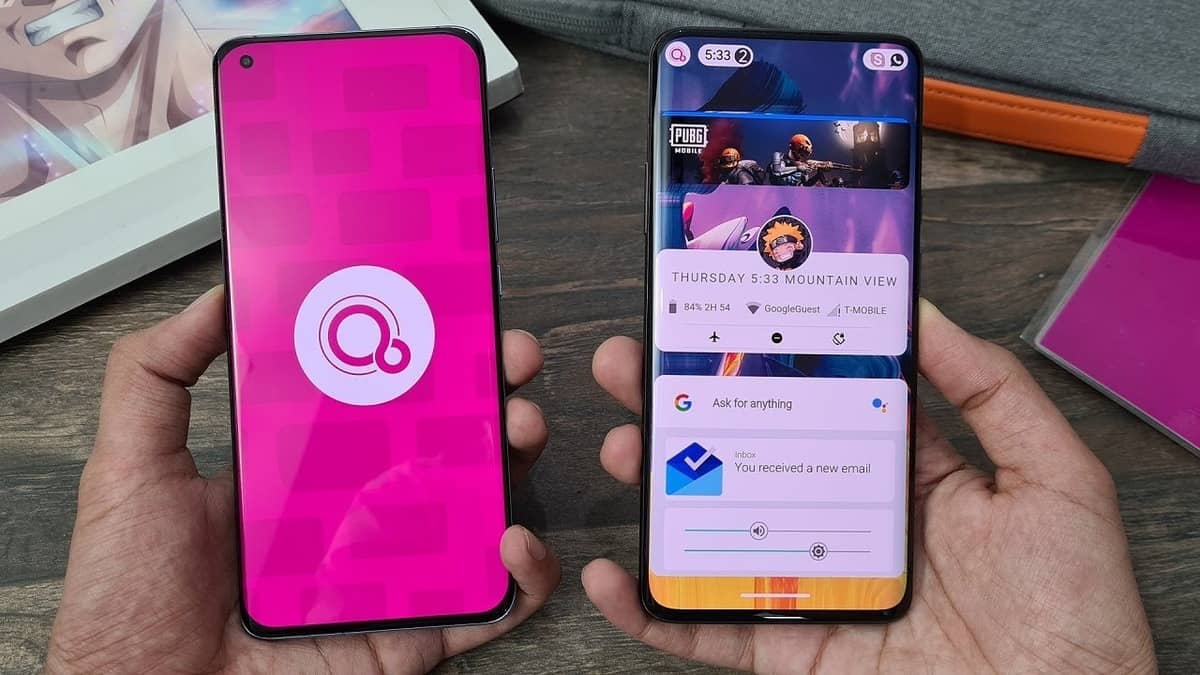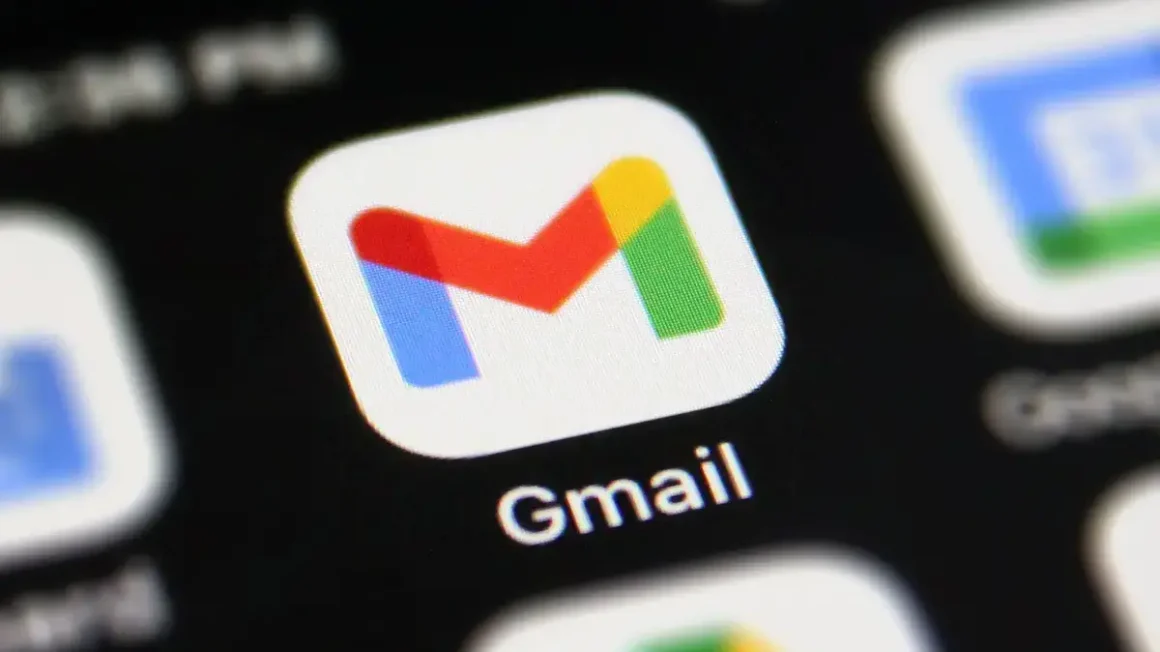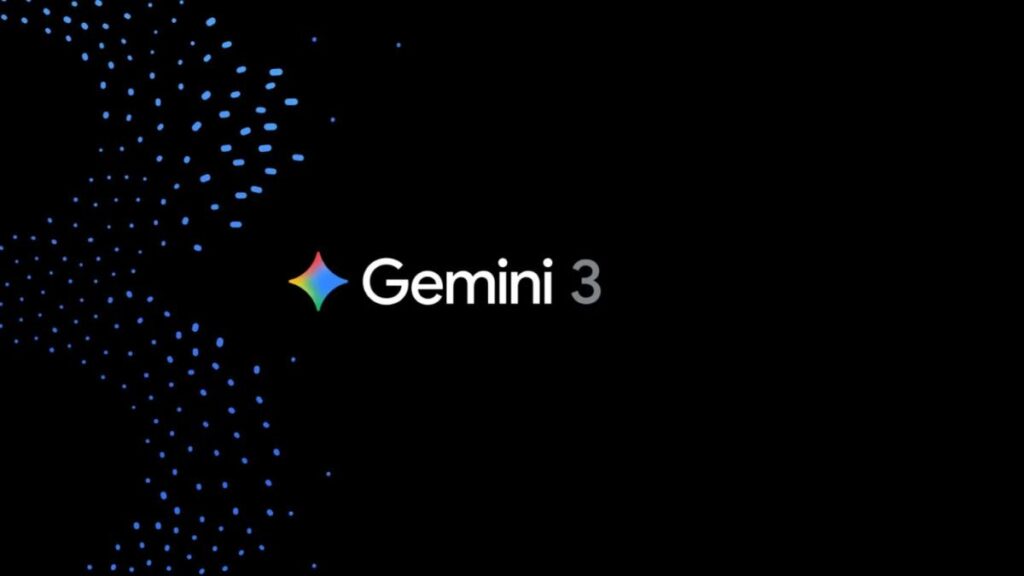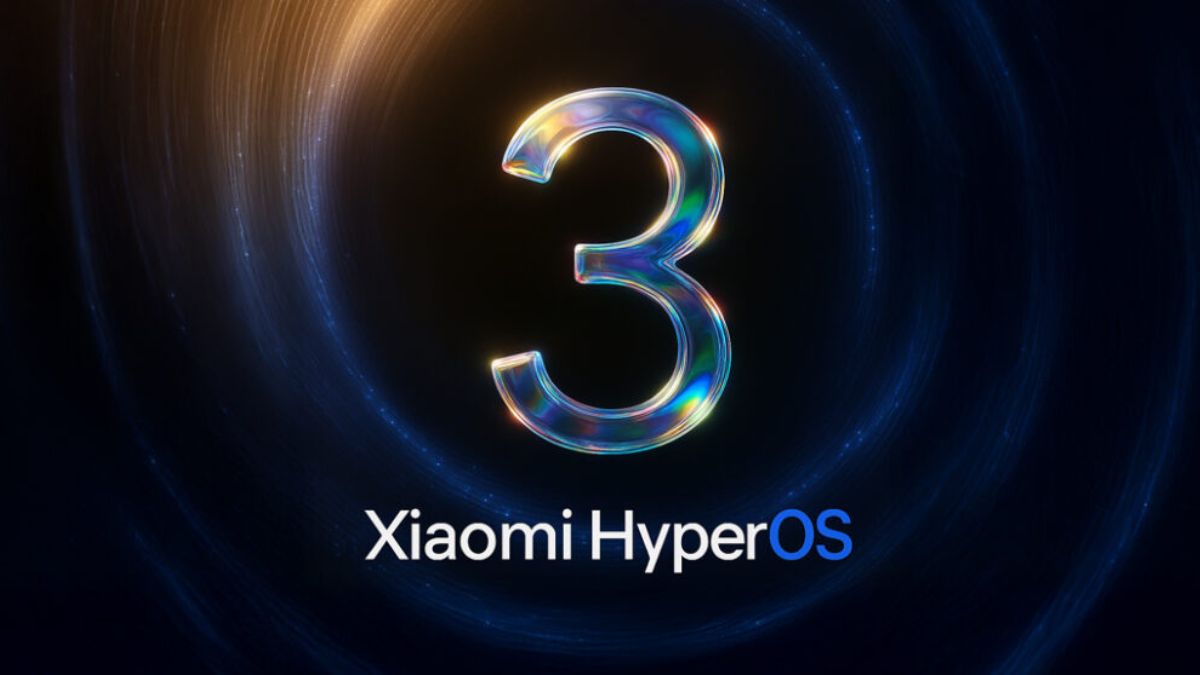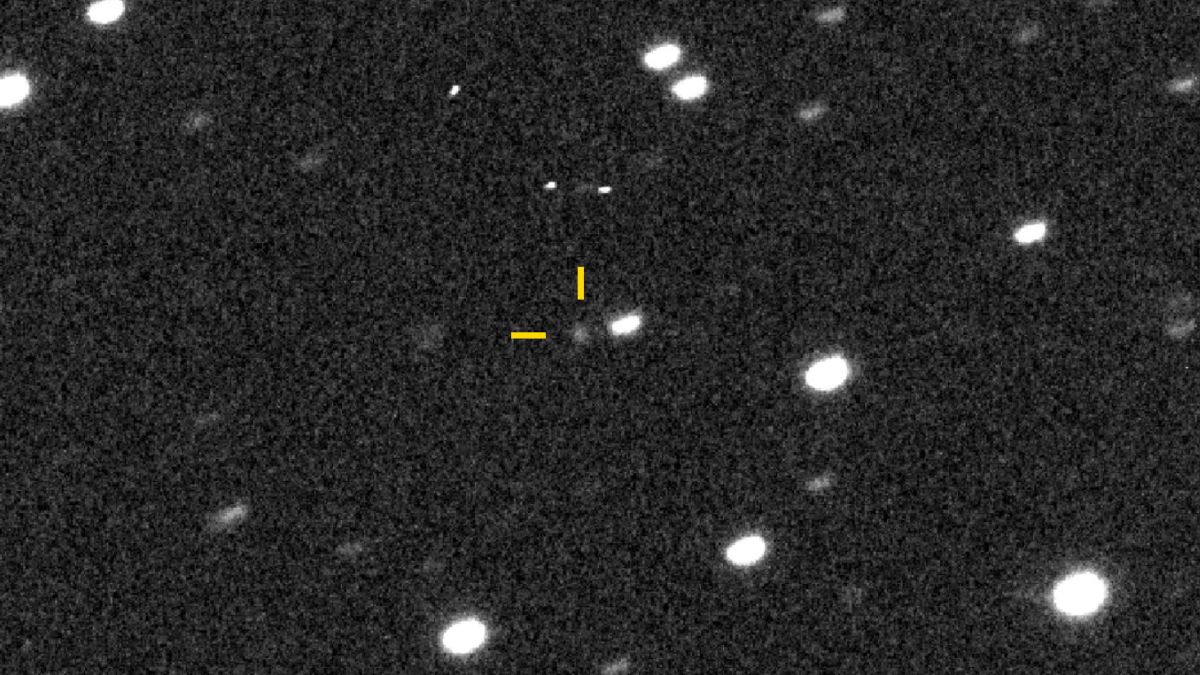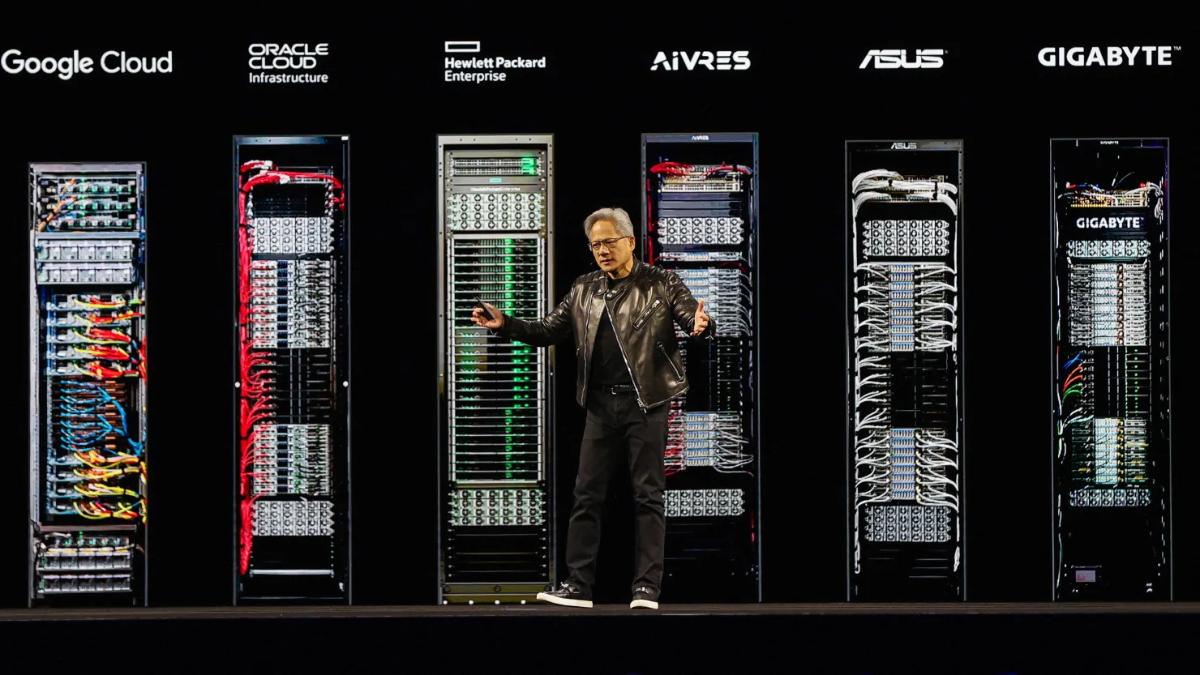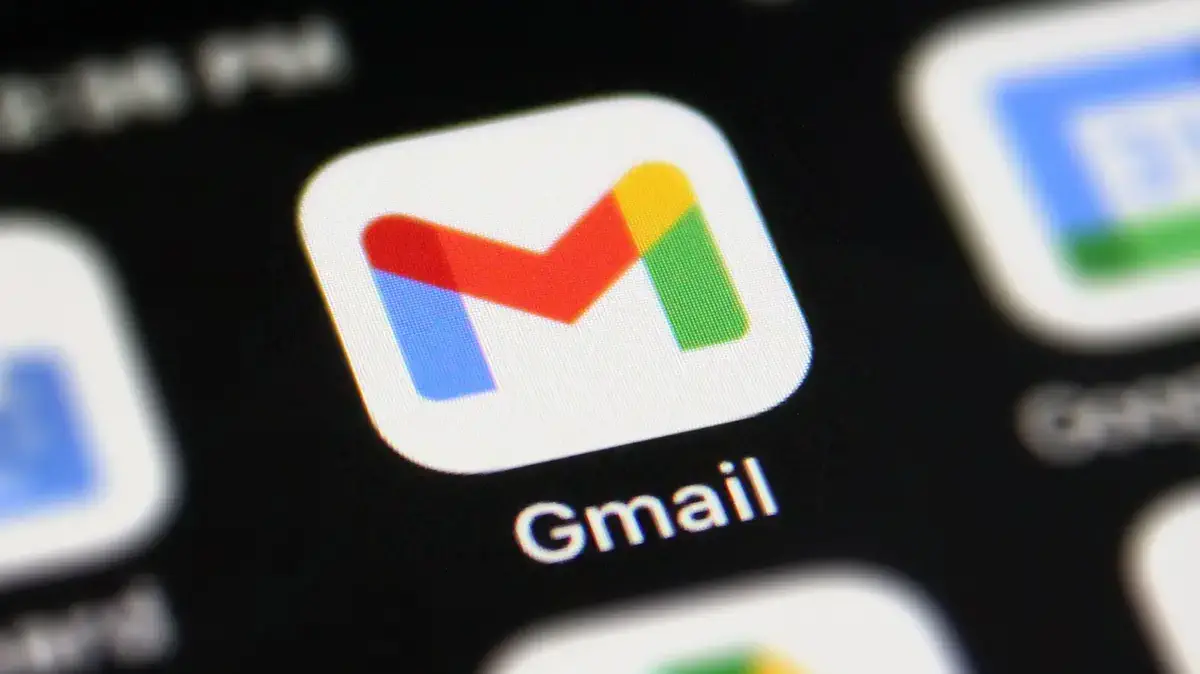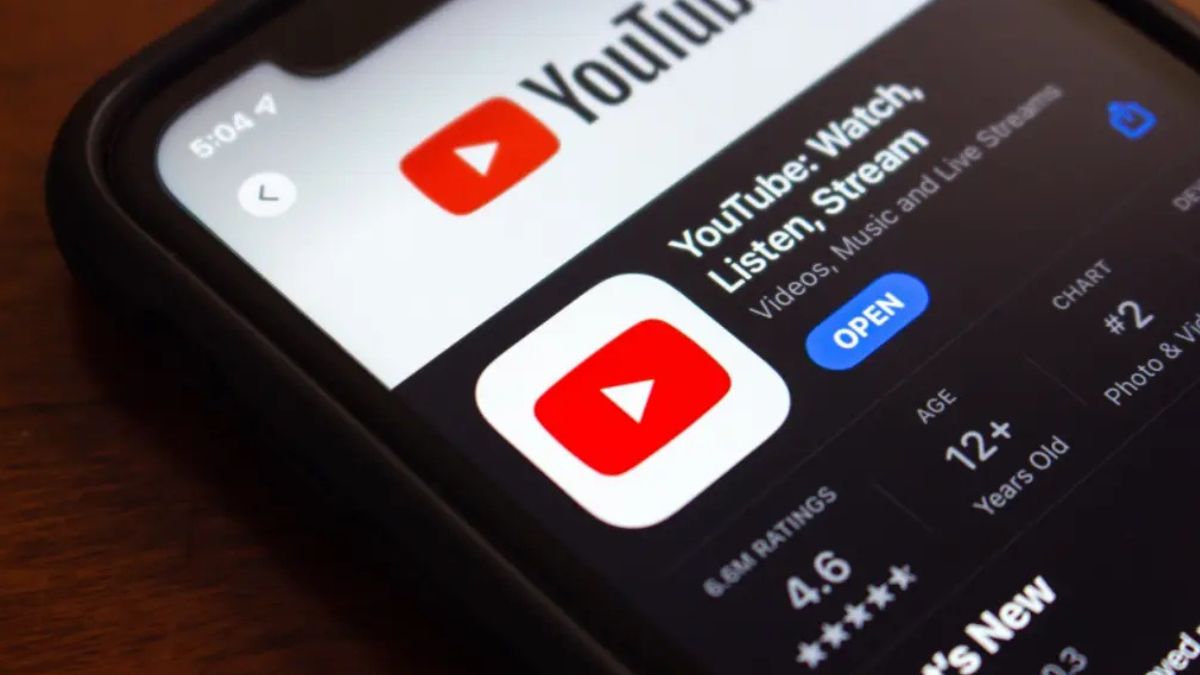In 2016, Google started working on a new operating system called Fuchsia. It first appeared on a commercial device in 2021 with the Nest Hub. People thought Fuchsia would work on all smart devices like phones and watches, but that hasn’t happened yet. However, new updates suggest Fuchsia might soon run on Android devices as a virtual machine.
Fuchsia is different from other Google operating systems like Android and ChromeOS because it doesn’t use the Linux kernel. Instead, it’s built from scratch with a new micro-kernel called Zircon. This makes it more efficient and secure.
Google is now working on a ” microfuchsia ” project to make Fuchsia run on existing devices through virtualization. This means Fuchsia will run in a separate environment on your device so that it won’t interfere with other programs.
According to recent reports, microfuchsia will work with virtualization programs like QEMU and pKVM. Google has even created a smaller version of Android called “microdroid” to help with this. Microfuchsia might be used for secure tasks, similar to microdroid, but potentially more secure and efficient.
We don’t know exactly why Google is creating microfuchsia when microdroid already exists, but it might be because Fuchsia is seen as more secure and better performing.

